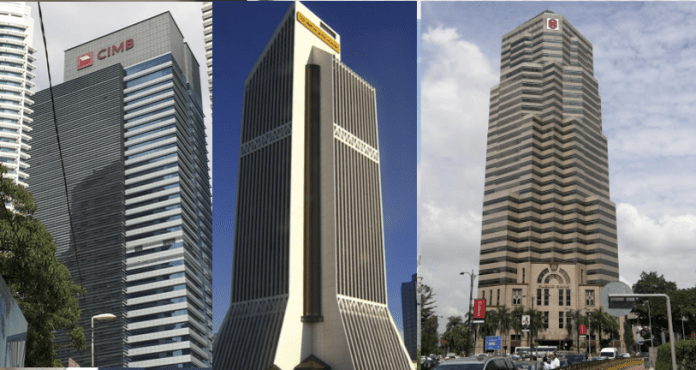Malaysian banks’ profit performance in 3Q 2022 improved from the previous corresponding quarter, buoyed by broader net interest margins (NIMs), stronger loan growth, and lighter loan provisioning expenses.
The banking industry’s loan growth accelerated to an annualised 6.1% (2021: 4.6%), driven by pent-up credit demand amid domestic economic recovery and improving labour market conditions. Heightened inflationary pressures, higher borrowing costs, and slower global growth, however, have clouded the loan growth outlook. Loan applications and approvals in the last couple of months had started to moderate. RAM said it had pencilled in loan expansion of 5.0%-5.5% for 2023, with risks tilted to the downside.
Supported by three 25-bp hikes in the overnight policy rate (OPR) in 9M 2022, the average net interest margin (NIM) of eight selected banking groups swelled by 18 bps y-o-y to 2.39% in 3Q 2022. Margins were also on an uptrend q-o-q and are envisaged to widen further in the coming two quarters in view of the OPR increase in November this year and another potential hike in 1Q 2023. That said, full-year 2023 margins will likely be pressured and may face some contraction, given gradual deposit repricing, keen deposit competition and continuous tapering of current and savings account balances.
The average proportion of domestic loans under relief for the eight banks fell sharply to an estimated 3.5% in October 2022 from a peak of 28% in December 2021. We anticipate impairments to continue to creep up in the coming months as pockets of borrowers – especially those who are highly leveraged or in vulnerable business sectors – may face repayment difficulties. The system’s gross impaired loan ratio is projected to trend up to 2.2% as at the end-2023 from 1.82% currently, which it still consider healthy.
In 3Q 2022, the average credit cost ratio of the eight banks was an annualised 37 bps. While markedly lower y-o-y (3Q 2021: 55 bps), the metric was on an uptrend compared to the previous two quarters (1Q 2022: 18 bps; 2Q 2022: 31 bps) as banks set aside more provisions amid prevailing macroeconomic headwinds. Even so, the rating house expects the overall credit cost ratio to ease in 2023 – possibly resulting in a net writeback for some – in view of the sizeable provisioning buffers that banks have built up since the start of the pandemic.
On the whole, rating house RAM expects the pre-tax profit performance of banks next year to show mild improvement, although treasury-related and investment banking income remains uncertain. Narrower net interest margins and slower loan growth will likely be offset by more moderate impairment charges. Operating expenses will tick up but should be largely contained. At the after-tax level, banks will benefit from the absence of the one-off Cukai Makmur.









